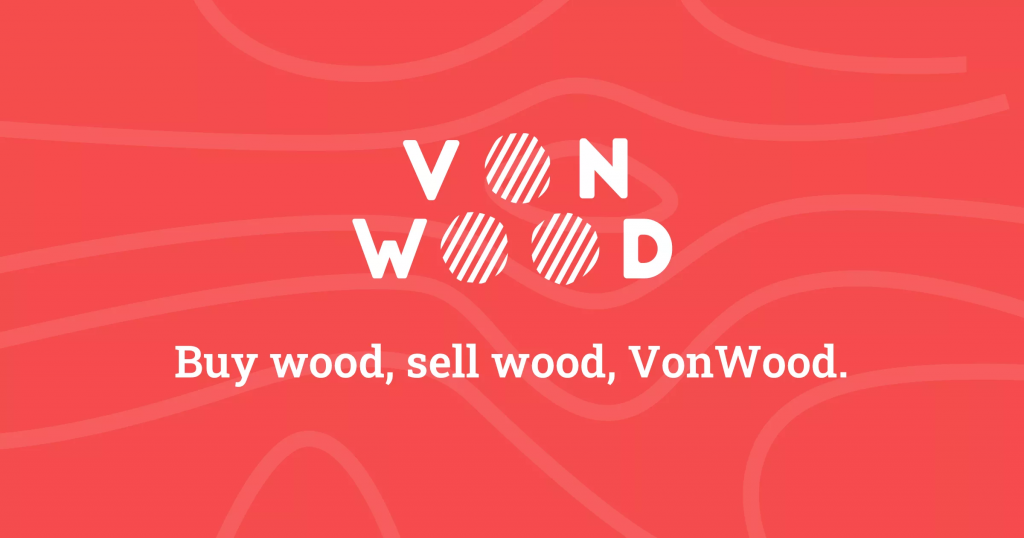
Two years ago I was asked by an acquaintance if I had time do a basic chore at his family member’s start-up. Some simple data entry work in Microsoft Excel. I agreed, and later that week found myself in a small office filled with three employees. Catalogs from Scandinavian sawmills were spread across the table. My task? Enter their product specifications into a spreadsheet. Their company was 2 months old, what exactly were they trying to do? Revolutionize one of the oldest existing industries; the timber industry.
The founders noticed a significant issue in the timber supply chain: numerous intermediaries, none of whom added real value. So, they created a platform to connect sawmills directly with customers—specifically, construction professionals. The model had clear potential: cutting out middlemen meant lower timber costs for buyers (provided they purchased in bulk), and sawmills could reach a broader customer base while offering lower prices, thereby boosting demand.
However, VonWood faces a familiar challenge for platform businesses—balancing supply and demand. While they’ve already raised €2.7 million in funding (VonWood, 2023), their key challenge is scaling both buyers and sawmills at the same pace. As more construction professionals use the platform, it becomes more attractive to sawmills, who can bypass middlemen. Yet, the platform must continue to offer enough variety and competitive pricing to entice new customers. Success hinges on achieving the network effects that fuel many platform businesses, but VonWood is still working toward that critical tipping point.
On the supply side, sawmills are intrigued by the platform’s potential to open new markets, but convincing them to join in significant numbers remains an ongoing effort. The founders emphasize that removing intermediaries not only makes timber more affordable but also makes pricing more transparent—a significant selling point. It is interesting to me – I would think to any BIM student – to keep track of their development. Even more so now that I learn more about information goods strategy. For instance, VonWood applied platform envelopment by partnering up with Finmid, a fintech company. This collaboration allows for the customers of the platforms to get access to financing for their timber (VonWood, n.d.)
The company adopts a transaction cut strategy, taking a small percentage from each sale. I figure the founders understand that pricing needs to remain competitive to gain traction. Charging too high a fee could deter early users, so the founders try to maintain a balance, working to encourage growth without sacrificing the platform’s financial sustainability. As the platform continues to grow, and demand-side economies of scale develop, the company can increase its fee accordingly.
VonWood remains in active pursuit of its ambitious vision: to revolutionize the timber trade by leveraging technology and platform dynamics. Although it has yet to reach the scale of a dominant marketplace, the foundation is being laid for a future where the platform can fully harness the power of network effects to transform an age-old industry
Sources
https://www.vonwood.com/nl/blog/collaboration-between-vonwood-and-finmid
https://www.vonwood.com/nl/blog/press-release-investment-announcement
